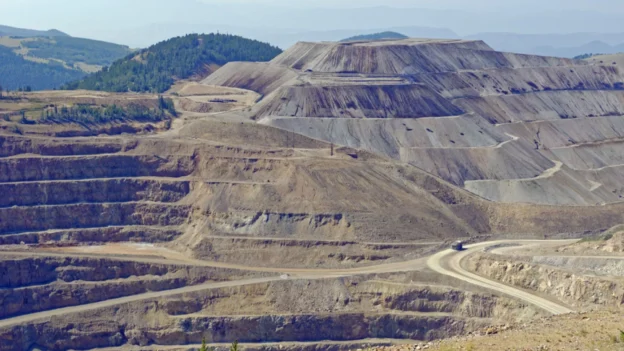The University of Utah has conducted research, finding the presence of large concentrations of rare earth elements in active coal mines located in the Uinta Coal Belt, areas of Utah and Colorado in the United States.
High concentration of rare earths in mines
These mines could generate a secondary resource stream through the extraction of metals for renewable energy and other applications. Rare earth elements(REE) are concentrated in fine-grained shale units, known as mudstones, located between coal seams.
This work was conducted in collaboration with the Utah Geological Survey and the Colorado Geological Survey as part of the Carbon, Rare Earth and Critical Minerals, or CORE-CM, project. Although these metals are important for U.S. manufacturing, they are specified in advanced technology applications and other derivatives.
The potential between coal deposits
The association between coal and REE deposits has been well documented in other regions, but little information had been collected in the Utah and Colorado coalfields. Utah Geological Survey energy and minerals program manager Michael Vanden Berg said,“The goal of this first phase of the project was to collect additional data to determine if further exploration in the West was worthwhile.”
For this study, 3,500 samples from 10 mines, one mining waste cluster, seven stratigraphically complete cores and some coal ash piles near power plants 3,500 samples from 10 mines.
The research team used two different methods to measure rare earth levels: The first method was a portable device for rapid readings in the open field, and the other applied inductively coupled plasma mass spectrometry(IC P-MS) in a university laboratory. All expressed in parts per million(ppm).
The result of the mine tests
The Department of Energy has established 300 ppm as the minimum concentration for the rare earth mining to be economically economically viable. However, the researchers considered concentrations above 200 ppm as “REE-enriched”.
Analyses found that the highest concentrations were in siltstone and shale formations adjacent to the coal, while the sandstone and coal itself were mostly devoid of rare earths.
So far, the team has analyzed 11,000 samples. Next steps will include determining the exact amount of rare earth minerals present, a task that will be carried out in collaboration with colleagues at the University of Wyoming and the New Mexico Institute of Mining and Technology.
Follow us on social networks and don’t miss any of our publications!
Inspenet.com YouTube LinkedIn Facebook Instagram X
Source: Minning
Photo: Shutterstock

